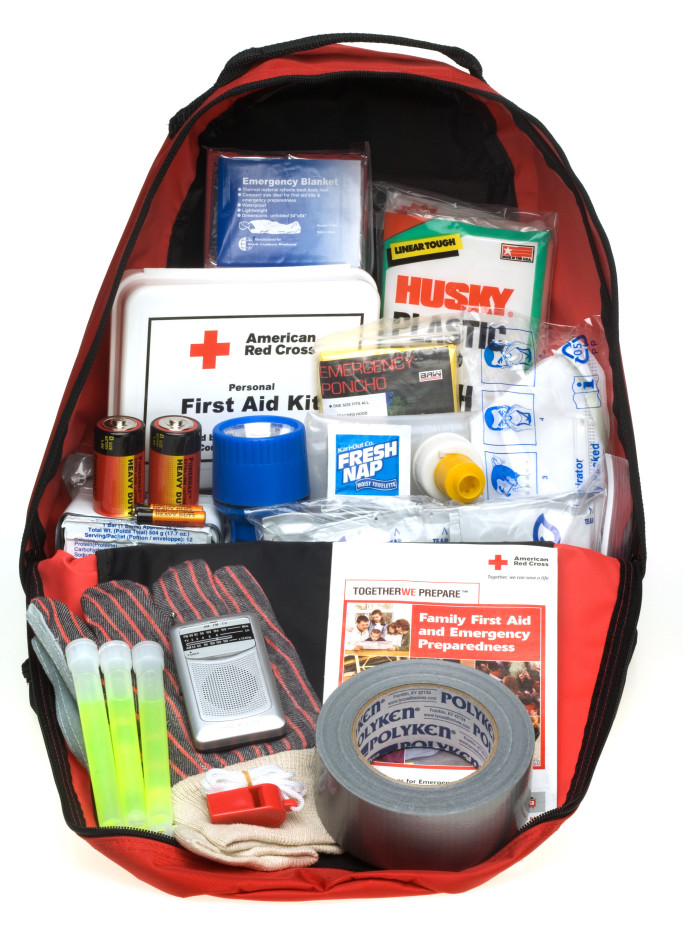

 March 16th, 2016
March 16th, 2016
Our Facilities Director Donny was recently talking with us about the right time to discuss creating a Home Emergency Kit. There’s no right time, we determined, or really, it’s always the right time.
Disasters can strike without any warning. As Donny pointed out, its important to be prepared for an emergency and having a Home Emergency Kit can make life a lot easier. Being in charge of our residential homes in addition to our program locations, he takes a proactive approach to keeping homes and offices safe and secure in times of emergency.
So, as sort of an expert on the topic now after putting together one for each of our homes, he put together a guide for creating your own Home Emergency Kit. He suggests you prepare for a minimum of three days per person in your household.
In general, FEMA (Federal Emergency Management Agency) recommends being ready for emergencies in these basic areas: water, food, first aid supplies, sanitation / clothing / bedding, tools, and special items.
Think about any infants, elderly family members, family members with special needs, and pets when building a kit.
Start with the basics:
Other items you can include are extra cell phones and chargers, car and house keys, cash, and entertainment like books, games, puzzles, paper and pens.
It’s important to be prepared for such an event in the future. These situations can be exceedingly stressful and can change lives. As Donny explained, it’s definitely worth taking the time with your family to build a Home Emergency Kit.
For more information on preparing for emergencies and disasters, please visit the Red Cross website.
Thanks for pointing out that emergency kits should include copies of important family documents in a waterproof container. My husband and I recently moved to an area that’s at risk for natural disasters, so I’ve been doing some research into emergency preparedness. I had mostly been focused on food, water, and other survival items, so thanks for the reminder that important documents should be included to!
This is a very informative and helpful post. The list is amazing but you are discussing only the home kit. Home tools really important. Home basic tools are very important to live in the house.
Thanks for sharing such a detailed article about beautify your backyard keep up the good work!
This is a very interesting and useful post. good job!